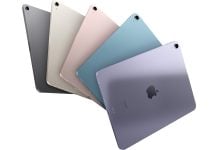The iPhone has always been known for its sleek design and innovative features, and the upcoming iPhone 15 series is no exception. One of the most rumored features of these upcoming devices is the introduction of solid-state buttons.
While these buttons don’t physically move, they provide haptic feedback to users, making it feel like they are pressing a physical button. However, recent rumors suggest that Apple may have to postpone this feature due to technical difficulties. In this article, we’ll dive into what solid-state buttons are, how they compare to traditional physical buttons, and whether or not we can expect to see them in the iPhone 15 Pro models.
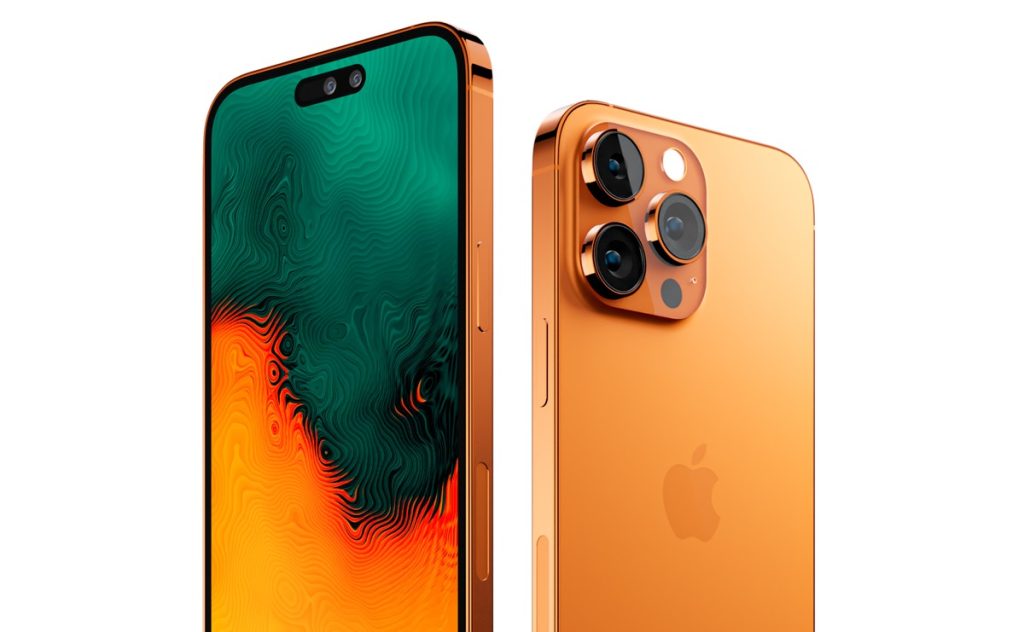
What are solid-state buttons?
Solid-state buttons are a type of button that doesn’t physically move like traditional buttons. Instead, they use haptic feedback to simulate the sensation of pressing a button. This technology uses a small motor to create a vibration that mimics the tactile feedback of pressing a physical button. Solid-state buttons are commonly used in touchscreens and are known for their sleek and modern design. They are also more durable than physical buttons since they don’t have any moving parts that can wear out over time.
Apple has been using solid-state technology for years now. For instance, in 2016, the home button in the iPhone 7 was replaced with a solid-state design. Similarly, the MacBook trackpads and iPod control wheels have also undergone the same transformation, making Apple’s devices more reliable and durable.
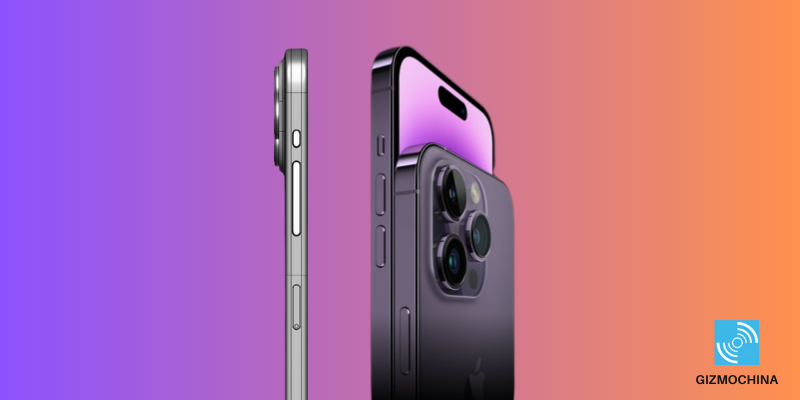
Physical buttons vs Solid-state buttons:
Physical buttons are the traditional buttons that have been used in phones for decades. They are mechanical and require physical movement to operate. When a physical button is pressed, it physically moves down and hits a switch, which sends an electrical signal to the phone’s processor. This signal is then interpreted by the phone’s software, which carries out the desired action. Physical buttons are generally reliable, easy to use, and can provide tactile feedback.
Solid-state buttons, on the other hand, are a newer technology that doesn’t require any physical movement. Instead, they use capacitive touch sensors to detect when a user touches the surface of the button. When a user touches a solid-state button, the button vibrates to provide haptic feedback, simulating the feeling of a physical button press. The phone’s processor then interprets the electrical signal generated by the touch sensor to carry out the desired action. However, they don’t provide the same level of tactile feedback as physical buttons, which can be a disadvantage for some users.
Benefits of solid-state buttons:

- Durability: As solid-state buttons lack any moving parts, they are more durable and resistant to wear and tear than traditional physical buttons.
- Design: Solid-state buttons can be designed to have a sleek and modern look, which can be visually appealing and contribute to a more cohesive design of the device.
- Haptic feedback: Solid-state buttons can provide haptic feedback to simulate the feeling of pressing a physical button, which can enhance the user experience and provide a more intuitive and responsive interface.
- Water and dust resistance: Solid-state buttons are more resistant to water and dust damage than physical buttons, which can improve the overall durability of the device.
- Energy efficiency: Solid-state buttons require less energy than physical buttons, which can lead to longer battery life and lower power consumption.
Drawbacks of solid-state buttons:
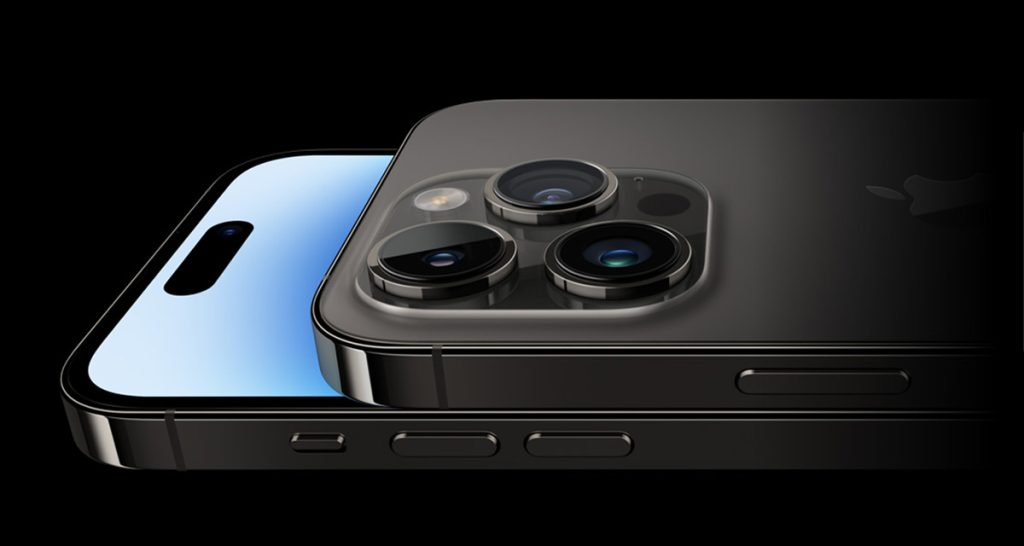
- Lack of tactile feedback: One of the main drawbacks of solid-state buttons is the lack of tactile feedback. Unlike physical buttons, which have a distinct click or press when pushed, solid-state buttons rely on haptic feedback to simulate the feeling of pressing a button.
- Accidental presses: Without the physical feedback of a button, it can be easier to accidentally press a solid-state button, especially if they are placed too close together or if the haptic feedback is not strong enough.
- Reliability issues: While solid-state buttons do not have moving parts that can wear out or break, they can still be prone to failure if the underlying technology is not robust enough.
- Higher cost: Solid-state buttons are typically more expensive to manufacture than physical buttons, which can make them less attractive to budget-conscious consumers.
Will solid-state buttons feature on iPhone 15 series?
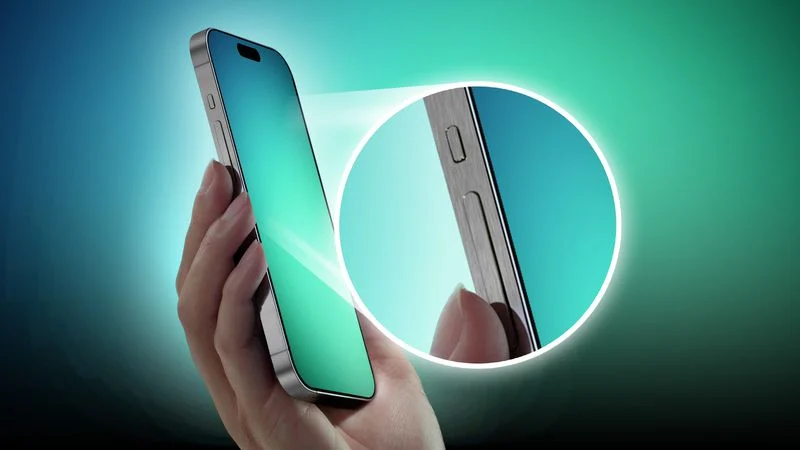
Rumors have been circulating that the iPhone 15 Pro and iPhone 15 Pro Max will feature solid-state buttons. However, it appears that Apple has faced some technical issues while trying to incorporate them into the new models, which may cause a delay in their release. While Apple analyst Ming-Chi Kuo has suggested that the solid-state button design has been abandoned in favor of the traditional physical button design due to unresolved technical issues before mass production, it is still unclear if Apple has made a final decision on this matter.
Despite these challenges, there is still a possibility that Apple may introduce solid-state buttons in the iPhone 15 Pro models. Apple is known for its innovation and is always looking for ways to improve its products. The company may be able to overcome the technical issues and find a solution that works.
It is important to note that the iPhone 15 series is still in the Engineering Validation Test (EVT) development stage, and Apple may make changes to its design before mass production. Therefore, it is difficult to say whether solid-state buttons will feature on the iPhone 15 Pro models or not. However, if Apple is unable to include solid-state buttons in the iPhone 15 series, it may consider incorporating them in future models.
RELATED:
- Apple is reportedly producing 7% of all of its iPhones in India
- Apple rolls out iOS 15.7.5 update to Older iPhones & iPads
- iPhone 15 Pro models may not feature solid-state buttons
- Apple’s Q1 2023 Mac Shipments Plummet 40.5%: A Tough Blow for the Tech Giant
- Apple Reportedly Scraps Plans for a 27-inch ProMotion Display – What Happened?
- Apple Store to open in Mumbai on April 18 & Delhi on April 20
- How to take Screenshot on Chrome Browser


